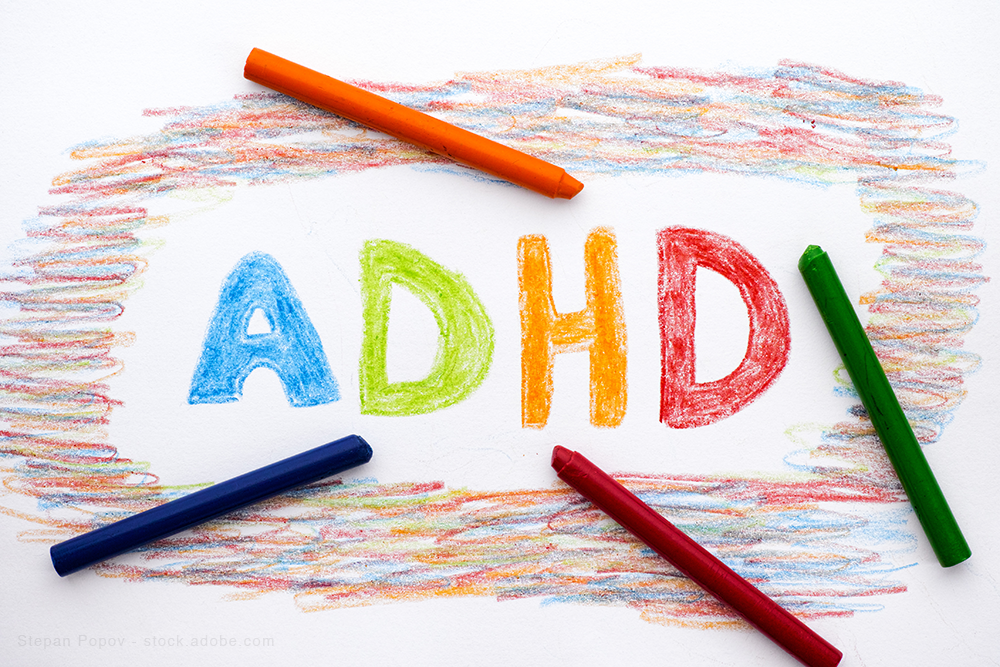- Safety & Recalls
- Regulatory Updates
- Drug Coverage
- COPD
- Cardiovascular
- Obstetrics-Gynecology & Women's Health
- Ophthalmology
- Clinical Pharmacology
- Pediatrics
- Urology
- Pharmacy
- Idiopathic Pulmonary Fibrosis
- Diabetes and Endocrinology
- Allergy, Immunology, and ENT
- Musculoskeletal/Rheumatology
- Respiratory
- Psychiatry and Behavioral Health
- Dermatology
- Oncology
FDA clears first non-drug option to treat ADHD in children
FDA cleared the first medical device to treat attention deficit hyperactivity disorder (ADHD) in kids.

FDA cleared the first medical device to treat attention deficit hyperactivity disorder (ADHD) in children.
The Monarch external Trigeminal Nerve Stimulation (eTNS) System (NeuroSignma) is available via prescription only. The device is indicated for patients aged 7 to 12 years who are not currently taking prescription ADHD medication and is the first non-drug treatment for ADHD granted marketing authorization by FDA, the agency said in a statement.
Related: Study links this disorder and its meds to Parkinson’s
This new device offers a safe, non-drug option for treatment of ADHD in pediatric patients through the use of mild nerve stimulation, a first of its kind,” said Carlos Peña, PhD, director of the Division of Neurological and Physical Medicine Devices in the FDA’s Center for Devices and Radiological Health, in the statement. The approval "reflects our deep commitment to working with device manufacturers to advance the development of pediatric medical devices so that children have access to innovative, safe and effective medical devices that meet their unique needs,” Pena added.
The Monarch eTNS System is intended to be used in the home under the supervision of a caregiver. The cell-phone sized device generates a low-level electrical pulse and connects via a wire to a small patch that adheres to a patient's forehead, just above the eyebrows, and should feel like a tingling sensation on the skin.
The system delivers the low-level electrical stimulation to the branches of the trigeminal nerve, which sends therapeutic signals to the parts of the brain thought to be involved in ADHD. “While the exact mechanism of eTNS is not yet known, neuroimaging studies have shown that eTNS increases activity in the brain regions that are known to be important in regulating attention, emotion and behavior,” FDA said.
Related: FDA approves landmark AI device to detect diabetic eye disease
Clinical trials suggest that a response to eTNS may take up to 4 weeks to become evident, FDA added.
The Monarch eTNS System’s efficacy in treating ADHD was shown in a clinical trial that compared eTNS as the sole treatment to a placebo device. A total of 62 children with moderate to severe ADHD were enrolled in the trial and used either the eTNS therapy each night or a placebo device at home for 4 weeks.
The trial's primary end point was improvement on a clinician-administered ADHD Rating Scale, ADHD-RS. The trial showed that subjects using the eTNS device had statistically significant improvement in their ADHD symptoms compared with the placebo group. At the end of week 4, the average ADHD-RS score in the active group decreased from 34.1 points at baseline to 23.4 points, versus a decrease from 33.7 to 27.5 points in the placebo group.
The most common side effects observed with eTNS use are: drowsiness, an increase in appetite, trouble sleeping, teeth clenching, headache, and fatigue. No serious adverse events were associated with the use of the device.
Read more: FDA clears novel device for severe emphysema
Drugs to Watch: Mental Health Conditions
April 11th 2024The FDA is reviewing two novel therapies: a psychedelic-assisted therapy for PTSD with a target action date of Aug. 11, 2024, and therapy for schizophrenia that does not directly block dopamine receptors with an action date of Sept. 26, 2024.
